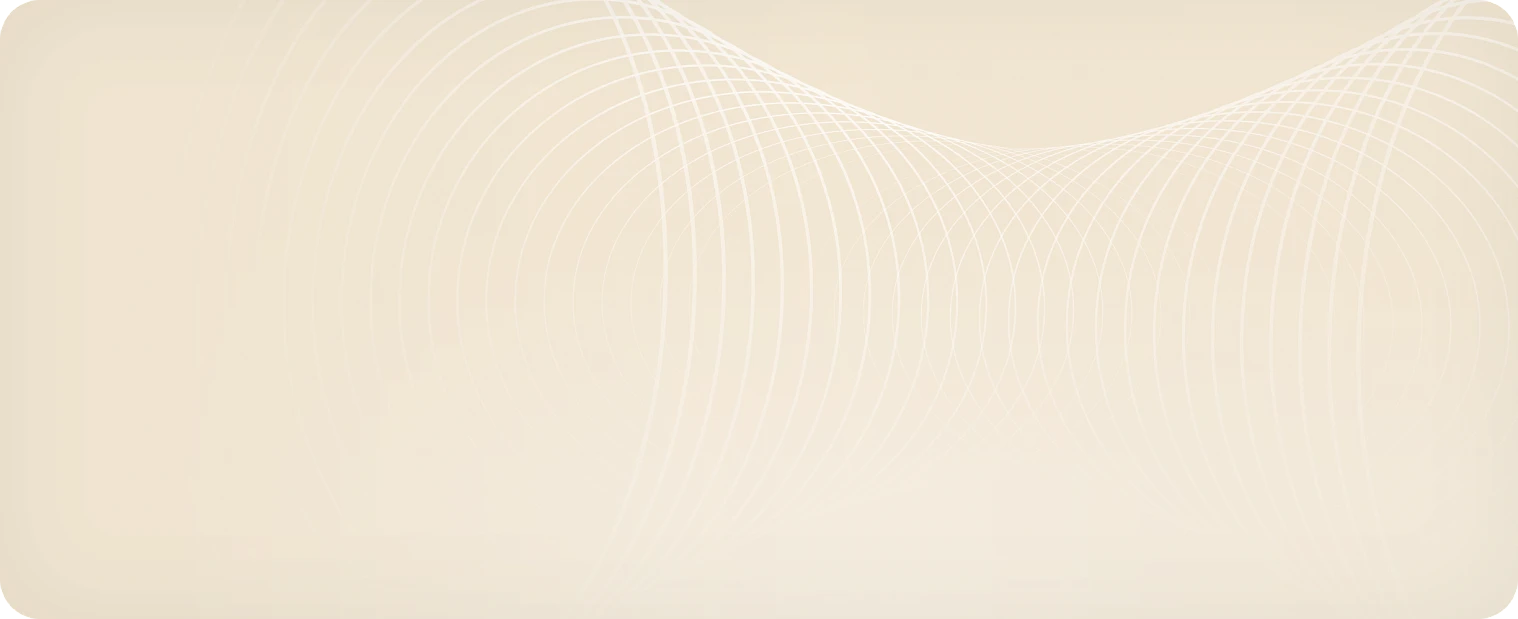Treatment of epilepsy
At the Epilepsy Center The Neurology and Neurosurgery Clinic of the European Medical Center provides diagnosis and treatment of epilepsy in children and adults according to the most modern European and North American protocols.
Diagnosis of epilepsy in EMC
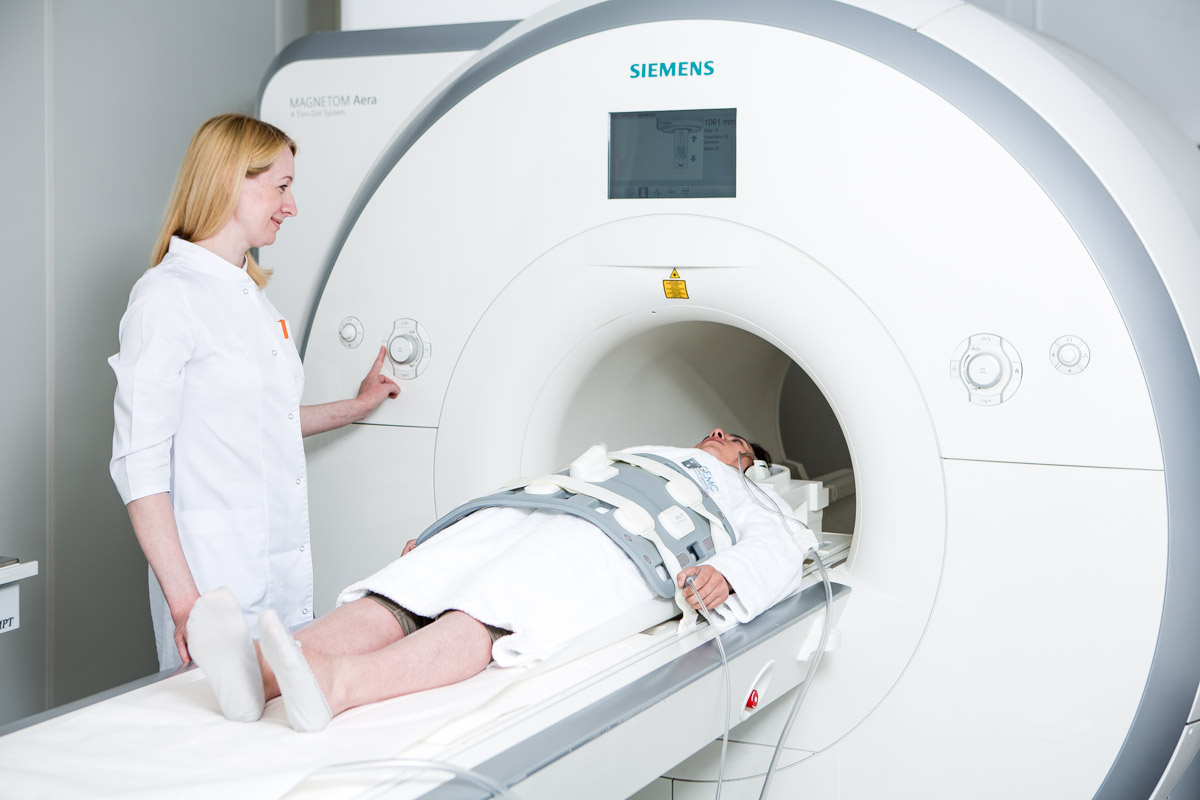 Patients are managed by neurologists and epileptologists, who are among the best specialists in this field. Specialists in hereditary genetic diseases, neuropsychology, and other specialists participate in the diagnosis of patients with epilepsy.
Patients are managed by neurologists and epileptologists, who are among the best specialists in this field. Specialists in hereditary genetic diseases, neuropsychology, and other specialists participate in the diagnosis of patients with epilepsy.
The EMC laboratory conducts all necessary studies, including determination of the concentration of antiepileptic drugs and basic genetic studies.
Patients with epilepsy undergo electroencephalography (EEG) and long-term video EEG monitoring (day, night, day, and day). To diagnose the structural causes of epilepsy, we perform MRI examination according to the epileptological scanning program.
In special cases, patients with epilepsy undergo PET (PET) and SPECT (SPECT) scans to identify the focal source of epileptic activity in our clinic.
Treatment of epilepsy in EMC
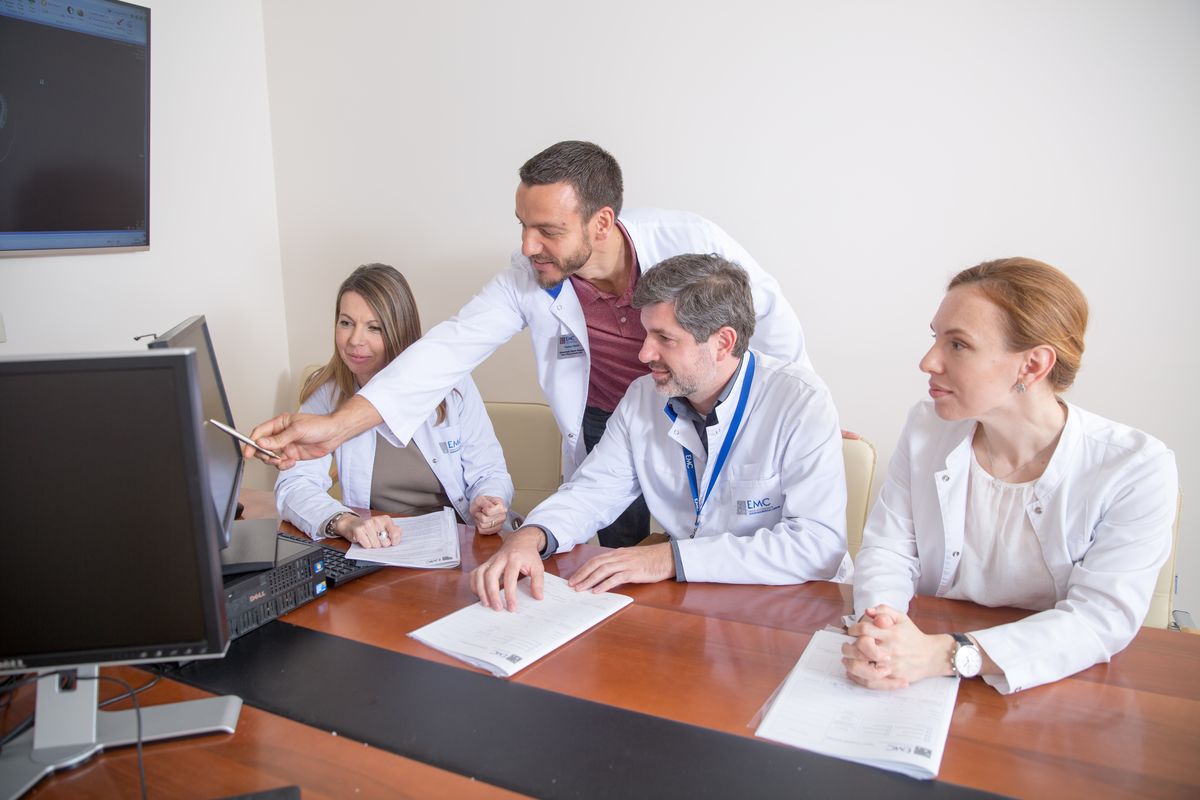 Examination and further treatment of patients with epilepsy under the supervision of experienced epileptologists is carried out according to a well-established protocol. The main follow-up takes place on an outpatient basis at the EMC multifunctional medical center in Orlovsky Lane and the EMC multidisciplinary hospital on Shchepkina St. If necessary, the patient can be hospitalized, for example, for some studies or if the patient is in a serious condition.
Examination and further treatment of patients with epilepsy under the supervision of experienced epileptologists is carried out according to a well-established protocol. The main follow-up takes place on an outpatient basis at the EMC multifunctional medical center in Orlovsky Lane and the EMC multidisciplinary hospital on Shchepkina St. If necessary, the patient can be hospitalized, for example, for some studies or if the patient is in a serious condition.
Patients who are being monitored in our clinic can rest easy, because even in emergency cases, they can be helped 24 hours a day: the clinic has an ambulance service with intensive care teams, an emergency and emergency department, a neuro-intensive care unit and on-duty staff of neurological and neurosurgical services.
In cases of focal epilepsy or pharmacoresistant forms of epilepsy, patients can undergo neurostimulation techniques and neurosurgical treatment by highly qualified EMC neurosurgeons after a special preoperative examination.
What is epilepsy?
Seizures are often observed in children and adults. According to the World Health Organization, up to 10% of the world's population experiences at least one seizure during their lifetime. Seizures are most often observed in childhood and old age.
Epilepsy is a chronic disease accompanied by repeated convulsive and non-convulsive seizures that occur due to excessive electrical discharges in the brain. There are many forms of epilepsy with different clinical manifestations and due to many causes, from hereditary diseases to the effects of brain injuries. Currently, a separate field has emerged in neurology that studies the patterns of occurrence, development and treatment of epilepsy — epileptology. A neurologist specializing in the diagnosis and treatment of epilepsy is called
an epileptologist.
What do epilepsy attacks look like?
Dozens of types of seizures are described in the specialized literature, and even more — their combinations, so it is worth limiting ourselves to the basic concepts. The most well-known are the so-called generalized tonic-clonic seizures with loss of consciousness, tension and twitching throughout the body. In addition, there are myoclonic seizures, which are short twitches throughout the body or in any part of it, often without a change in consciousness - for example, twitching of hands with objects falling out of them, or a sudden fall, as from a blow under the knees.
Tonic seizures are manifested by prolonged muscle tension in any part of the body.
In children, an attack can often look like tension and trembling of the arm, half of the face with speech impairment while conscious.
At an early age, special seizures are often observed — spasms that look like short-term episodes of flinching with spreading limbs or, conversely, "clenching into a ball", which occur as a series when the spasms are repeated several times in a short time.
One of the most common types of seizures is absences, in which the child freezes and does not respond to treatment. An important feature is the asymmetry of movements during an attack, for example, turning the head and eyes to the side, lifting and straining one arm, twitching the corner of the mouth on one side. This may indicate the focal nature of the attack, that is, its connection with a specific limited area of the brain.
It is very important to remember the patient's appearance during an attack, it is even better to record the attack on video, a mobile phone camera is enough. The typical pattern of seizures often makes it possible to assess the prognosis from the very beginning and determine the need and possibility of treatment.
Are seizures always associated with epilepsy?
Not necessarily at all. Paroxysmal states of various kinds — convulsive and non—convulsive - can occur with fever (febrile seizures), poisoning, dehydration, head injuries, and circulatory disorders. In addition, it can be difficult to distinguish from seizures fainting spells, sleep disorders, some forms of migraines, various motor disorders, and "psychological" disorders. An important difference between paroxysms in most of these disorders and epileptic seizures is the association with a provoking factor or an acute damaging effect (injury, poisoning, overheating). In epilepsy, seizures in most cases are spontaneous or caused by simple stimuli (flashes of light, deep forced breathing).
What should I do when I have seizures?
In most cases, seizures end on their own within a few seconds or minutes. Regardless of the cause of the attack, first aid is only to prevent injury and ensure free breathing. During an attack, the patient should stay away from heavy, unstable, stabbing and cutting objects. The patient should not be forcibly restrained. In no case should you try to unclench your jaws and pull out your tongue — it's useless.
To ensure airway patency, it is sufficient to place the patient on his side with his face turned down. In this position, the tongue will not sink in and will not block the breath. Attempts to unclench teeth often result in injuries, and fragments of teeth can enter the respiratory tract and cause respiratory arrest, even death. It is usually impossible to avoid biting the tongue after the onset of an attack, and attempts to reach the tongue only lead to additional injuries. It is useless to give artificial respiration and heart massage to a person in a convulsive attack.
Thus, all that is needed is to remove dangerous objects away from the patient, put him on his side face down and call 03. At the same time, it is advisable to recall the recommendations for videotaping events, this can be done by an assistant.
After the end of the attack, the patient should be allowed to rest, drowsiness is possible. It is necessary to make sure that the patient has come to his senses, is oriented in the situation, there are no speech disorders and movements in the limbs are preserved (ask to answer simple questions, raise and hold his arms and legs). Until the complete disappearance of disorders of consciousness, you should not give anything to eat or drink in order to prevent food, water or medicines from entering the respiratory tract.
In some types of seizures (for example, absences and infantile spasms), emergency care is often not required at the time of the attack.
When is treatment prescribed for epilepsy?
Traditionally, it is believed that after a single convulsive attack, you can refrain from treatment, since the attack may remain the only one in your life. In a real situation, a doctor may suggest treatment after a single episode if there are convincing signs of a high risk of subsequent seizures, such as abnormalities during a neurological examination combined with changes in CT scans and electroencephalograms.
Anticonvulsant medications are prescribed only if you are sure that the patient has epilepsy. If the diagnosis is unclear and the patient feels fine outside of the attack, then it is perfectly acceptable to refrain from treatment and make the necessary examinations, even if the attack recurs. According to current data, the immediate administration of medications does not affect the long-term effect of treatment.
How is epilepsy treated?
Primarily with antiepileptic drugs. The standard rule is that treatment should begin with a single broad—spectrum drug. If the prescribed medication is not effective enough, then another drug is prescribed, taking into account the type of attack, the form of epilepsy, and the presence of concomitant diseases. In the absence of seizures and serious side effects, treatment continues continuously for several years, after which it is possible to completely cancel the drugs.
In severe cases, steroid hormones, a ketogenic diet, or neurosurgery are added to basic medications.
What kind of examinations are needed for epilepsy?
Primarily electroencephalography (EEG). Only on the EEG can you see a picture of the electrical activity of the brain and its changes associated with epileptic seizures. That is, the EEG tells the doctor if the patient has epilepsy, and if so, what form it has.
The specific EEG changes characteristic of epilepsy are called epileptiform activity. There are many types of this activity, and in some cases, epileptologists can make a diagnosis using an EEG without conducting additional examinations. However, there are situations when no changes are visible on the EEG, despite the seizures. In such cases, repeated examinations are performed or a long-term EEG recording is prescribed. Usually, long-term EEG studies with video recordings are combined with the term "EEG video monitoring". Such a study can be performed for several hours or days, depending on the characteristics of a particular patient.
In addition to EEG, magnetic resonance imaging (MRI) of the brain is used in most cases. An MRI scan does not "show the presence of epilepsy," but it helps to see the structure of the brain and identify the damaged "areas" in which an attack is generated. These "areas" may turn out to be tumors, congenital anomalies, changes after injuries and circulatory disorders, etc
.
In many cases, computed tomography (CT) of the brain is used instead of or in conjunction with MRI, but its capabilities are not so wide.
To find the causes of epileptic seizures or to be able to distinguish some seizures from others, the doctor may prescribe other examinations, but EEG and MRI are standard.
What are the limitations for patients with epilepsy?
In the absence of frequent seizures or mental disorders due to any progressive disease, children with epilepsy can attend children's institutions and later receive secondary and higher education.
Traditionally, many patients exclude sports activities on projectiles (for example, on a rope) and in the water. If epileptic seizures in a patient can be provoked by something (lack of sleep, rhythmic flashing light), then it is the provoking factors that limit it (for example, going to discos). Sometimes, with sensitivity to light flashes, it is forbidden to work on computers and watch TV, although it is usually enough to follow simple rules — do not watch TV in the dark and do not turn on entertainment programs with frequently flashing images, or watch episodes with flashes while closing one eye. In addition, after the spread of liquid crystal displays, the danger of flickering has decreased. The covers of videos and computer games often indicate the presence of scenes that can provoke seizures.
In general, it is quite possible for patients with achieved seizure control to exercise, watch TV, and work on a computer.
In a stable situation, when the diagnosis is clear, the seizures have disappeared during therapy or are not progressing, vaccination is usually not contraindicated.
People with epilepsy can fly by plane. Precautions include strict adherence to the medication regimen and, if possible, adequate sleep on the days associated with the flight, so as not to provoke an attack of sleep deprivation.
Can epilepsy disappear without treatment?
Yes, there are several forms of epilepsy with an absolutely favorable prognosis. This primarily applies to rolandic and benign occipital epilepsy. Seizures in children with these forms usually disappear by adolescence. However, this does not mean that they do not need to be treated — seizures can be very severe, even requiring resuscitation. Some specialists do not consider it necessary to treat rolandic epilepsy in rare seizures, but this position has recently been disputed by many epileptologists.
In some other forms, a favorable outcome with spontaneous recovery is also possible, but it can be extremely difficult to predict.
Is it possible to prevent epilepsy?
No, it is impossible to predict the occurrence of epileptic seizures if they have never occurred. Even if you do an EEG and see epileptiform activity, the likelihood of seizures will remain unclear — many healthy people have pathological EEG changes that do not manifest themselves in any way.
Get help
Specify your contacts and we will contact you to clarify the details.
Doctors
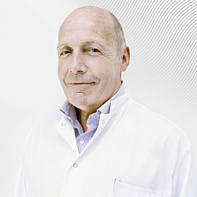
Derlon Jean-Michel
Professor
-
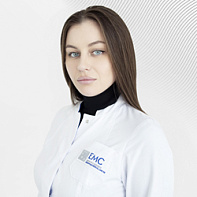
Polina Litvinova
-
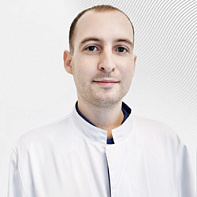
Dragan Ivan
-
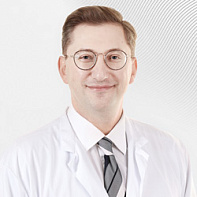
Kivеlyev Yuriy
-
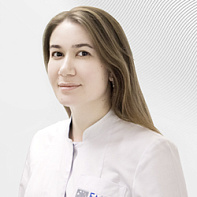
Mityukova Marina
-
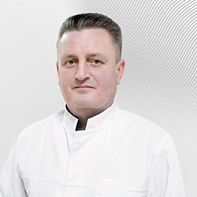
Vladimir Klimov
Doctor of Medicine
-
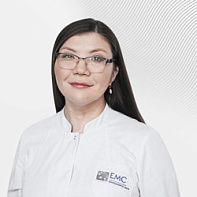
Kameldenova Dinara
-

Ermilova Elizaveta
-
.jpg)
Orkhan Abdullaev
Ph.D. of Medical Sciences
-
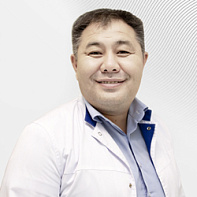
Abakirov Medetbek
Doctor of Medicine
-
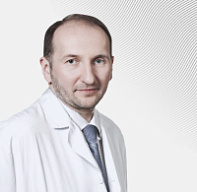
Evaldas Chesnulis
Professor
-
.jpg)
Volkov Sergey
-
.jpg)
Shchelukhin Alexandr
-
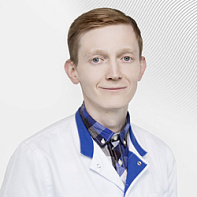
Eliseev Yuriy
-
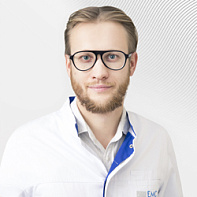
Gleb Sergeev
Ph.D. of Medical Sciences
-
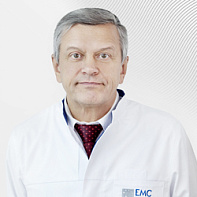
Kamchatnov Pavel
Doctor of Medicine, Professor
-
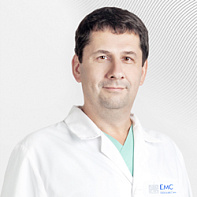
Gushcha Artem
Professor of the Russian Academy of Sciences, Professor of the Department of Neurosurgery of the Russian Medical Academy of Postgraduate Education , Doctor of Medicine, Professor
-
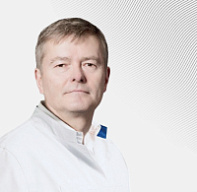
Fitze Ingo
Head of the Interdisciplinary Sleep Medicine Center at the Charite University Hospital (Berlin, Germany), founder of the private sleep Medicine Institute Somnico GmbH in Berlin., Professor, Doctor of Medicine
-
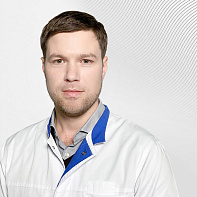
Ilyin Nikolai
-
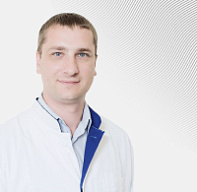
Sergey Maryashev
Doctor of Medicine
-
Derlon Jean-Michel
Professor
- In 1987, Professor Derlon began his collaboration with Russian neurosurgeons, regularly coming to Moscow for consultations and surgical operations.
- Competencies — glial brain tumors, cerebral ischemia, spinal pathologies
- Graduated from the Medical Faculty of the University of Paris with a degree in Neurosurgery
- Graduated from the Medical Faculty of the...
Total experience
46 years
Experience in EMC
since 2012

